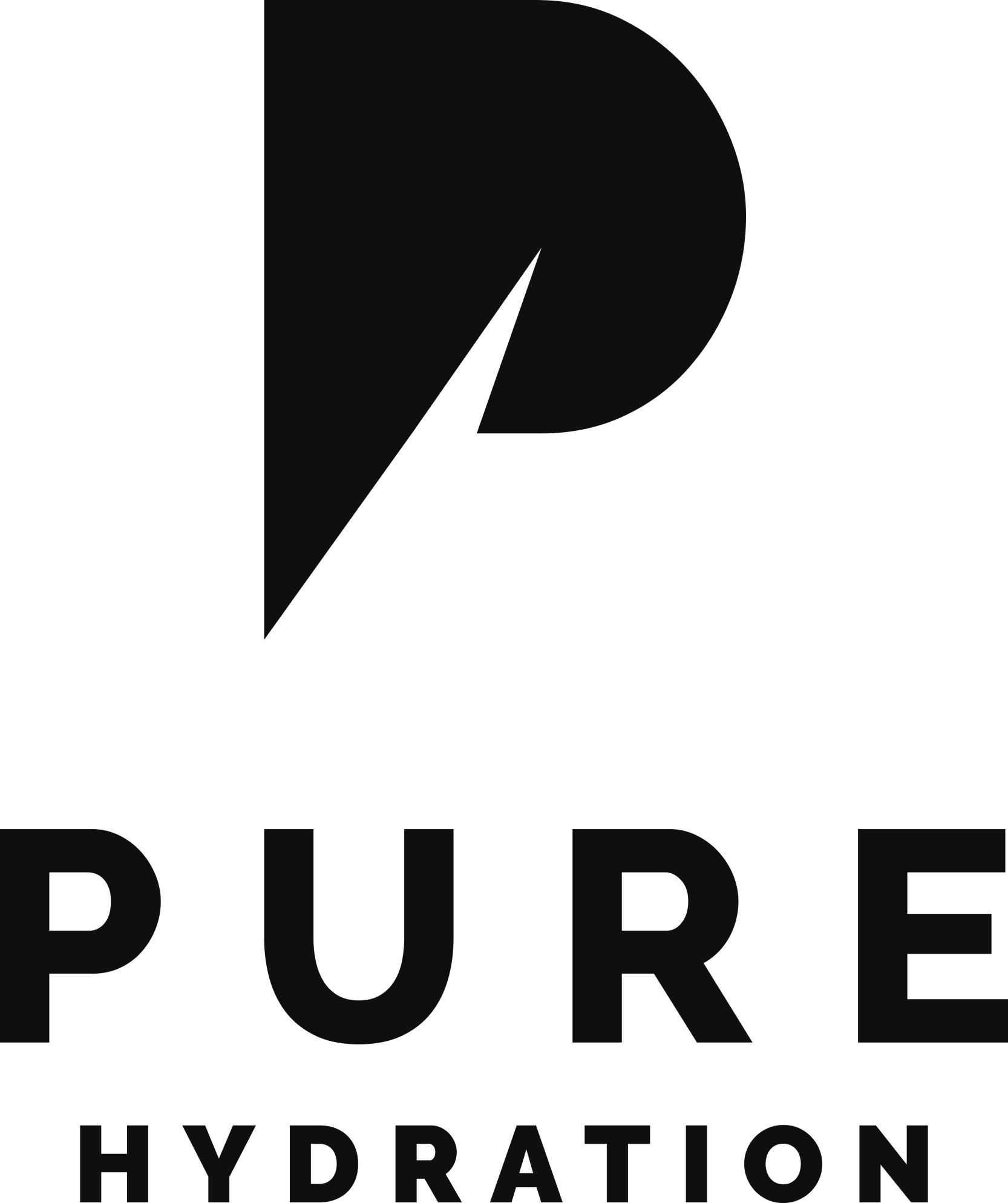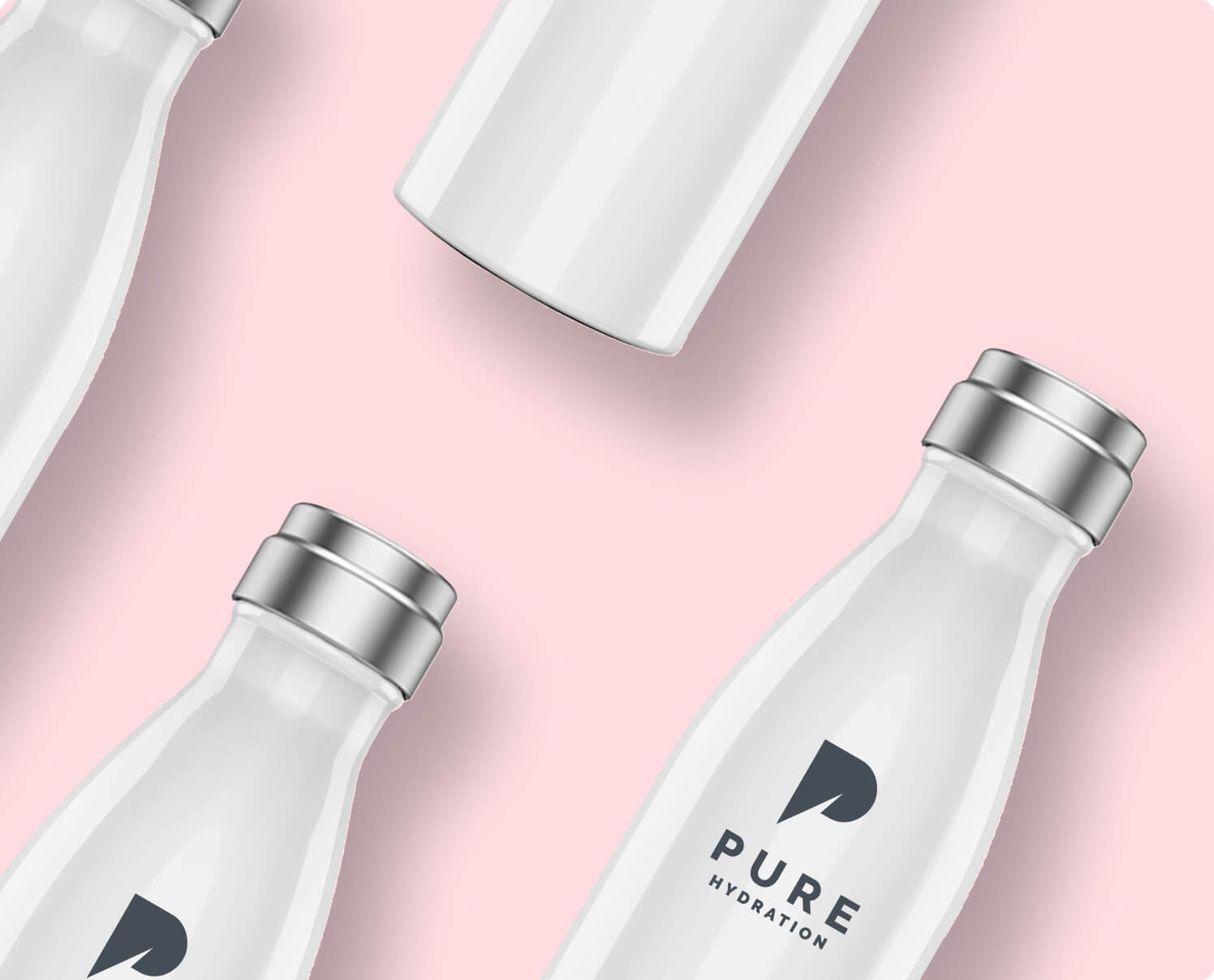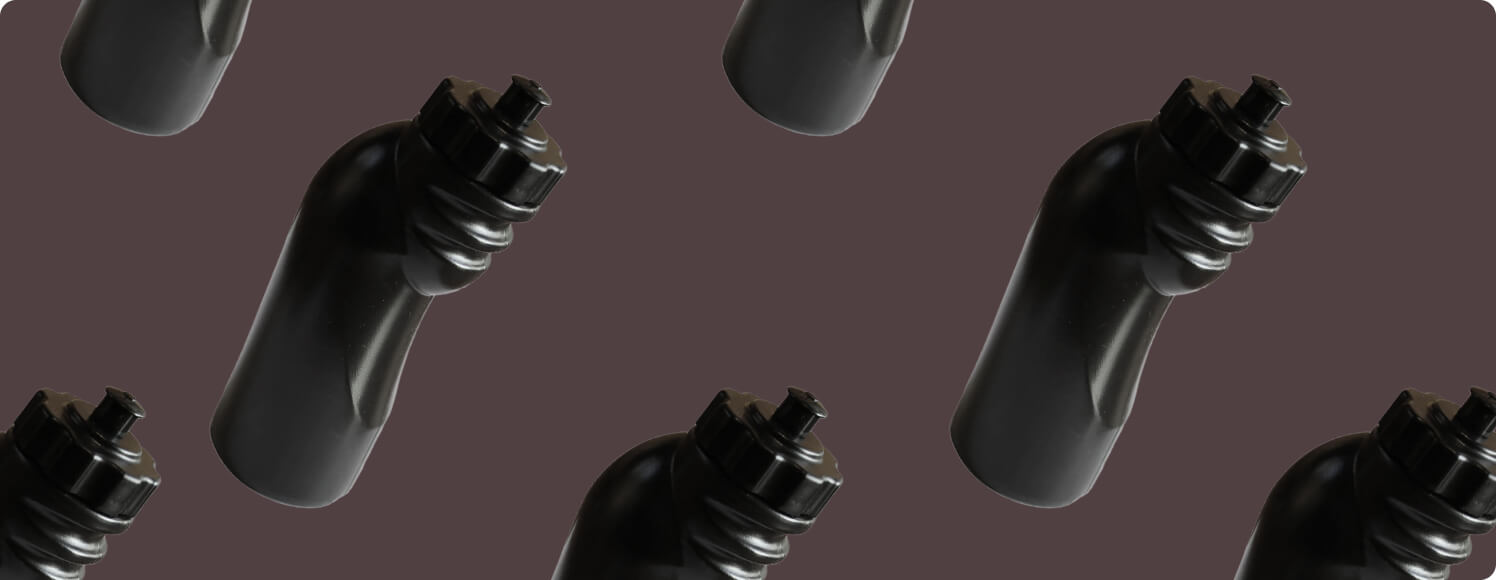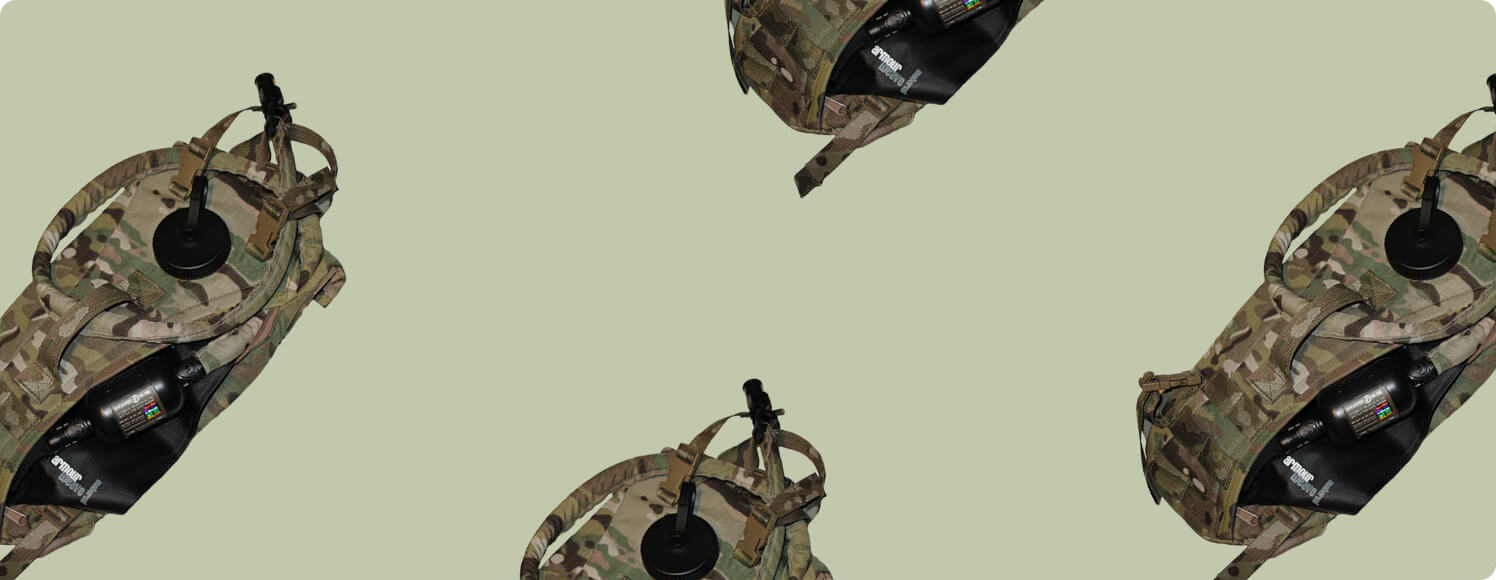aquapure traveller™ and ICE° Bottle vs. single use plastic bottles


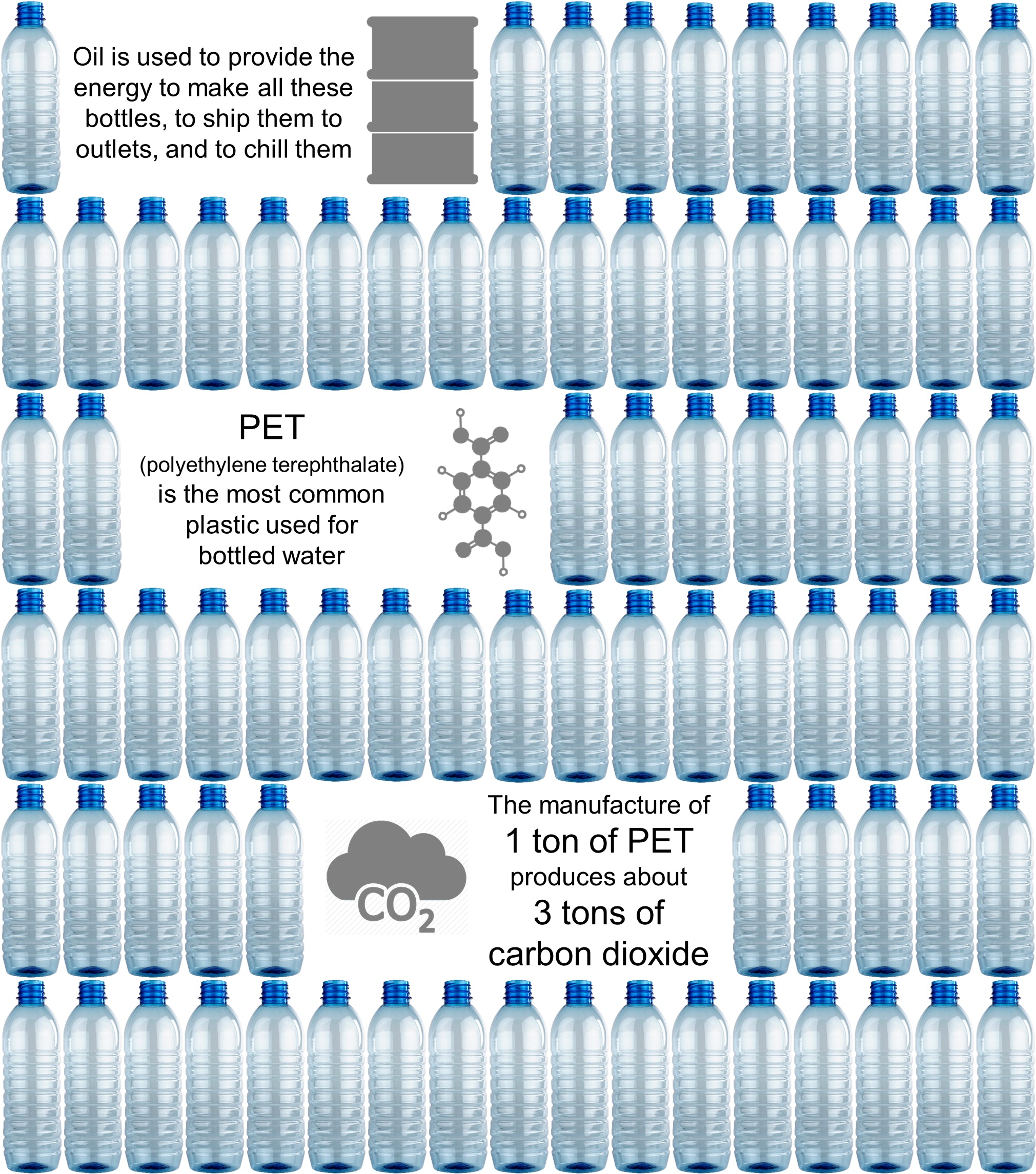







Information sources and further reading/viewing.
The unnecessary use of finite resources, and the associated pollution of our world by plastic waste, will become one of the defining issues in the future health of humanity (and many of the species with which we share this planet will be lost before we realise the severity of the problem). At Pure Hydration we don’t pretend we’re going to save the world. We recognise that plastics serve a vital role in our society, and, of course, we rely on this material to develop our solutions for ensuring clean, safe personal drinking water supply. What we offer is the opportunity to redress the balance, and contribute to a sustainable future.
If you were wondering about the authenticity of the facts presented in the above infographic image, these are the sources of the information.
“In 2016 more than 480bn plastic drinking bottles were sold around the world”. This figure comes from The Guardian which referenced a report from Euromonitor International. The figures for daily and per second sales were obtained by doing the math.
“It takes about 1L of water to make a 0.5L bottle (+ another 0.5L to fill it)”. This is described at The City of Portland, OR, website page on Sustainability at Work, Bottled vs. Tap Water, from which we were also able to calculate the statistic that “Manufacturing a 0.5L bottle uses up about 125ml of oil”. More information on the energy used in manufacturing, shipping and chilling bottled water can be found in the Pacific Institute’s Bottled Water and Energy Fact Sheet (but keep in mind that these are figures from 2007).
“PET (polyethylene terephthalate) is the most common plastic used for bottled water” comes from a statement by the Natural Hydration Council which is comprised of a group of UK bottled water manufacturers.
“The manufacture of 1 ton of PET produces about 3 tons of carbon dioxide” is taken from the Pacific Institute fact sheet referenced above.
“PET beverage bottles are designed for single use” is a quotation from the Canadian Plastic Industry Association fact sheet that can be found and downloaded online with a simple search using this sentence.
“Although PET bottles can be recycled…” is a fact often repeated by plastics manufacturers. They seem less keen to explain where much of it ends up.
“…almost half of the PET bottles bought in 2016 were not collected for recycling”. Take a look at this report (see section 1.2.1 p.26) from the Ellen MacArthur Foundation. This document is well worth a read. It is also the source of the statement that “Just 7% of the PET bottles collected in 2016 were turned into new bottles”.
“Most uncollected disposable plastic bottles end up in landfill or the oceans (80% of the plastic in the ocean comes from land sources)”. This statement is confirmed by multiple sources including the US Environmental Protection Agency.
“PET is an inert material which doesn’t biodegrade and bottles in covered landfill don’t photodegrade”. Sources for this statement include the website of the Committee of PET Manufacturers in Europe (CPME). See “What happens to PET if it is dumped into landfills?” in their FAQs section.
“In 2017 10% of litter found in the River Thames in London were plastic drinks bottles, with half of these being still drinking water bottles”. See the Thames21 webpage on litter monitoring.
“Over 8 million tons of plastic enter the oceans each year”. See this Reuters article on the Scientific American website.
“Plastic bottles that sink to seabed levels not reached by sunlight can remain there permanently”. For the most graphic illustration of this save yourself the cost of a deep sea submersible, and instead buy a copy of “A Plastic Ocean“. If you’d like to see a scientific evaluation of PET degredation in seawater around Greece, take a look at this study.
“Although practically insoluble in water, PET bottles on the oceans’ surfaces are broken down by wave action, UV from the sun and salt into microplastic particles”. There’s some technical properties information here, and a general description in The Guardian here (there are a number of linked articles which make interesting reading).
“Scientists estimate that there are more than 5 trillion pieces of plastic in our oceans worldwide”. See this article from National Geographic.
“Plastic particles in the ocean acts as a platform for algae which makes the plastic smell like food to many species”. Another National Geographic article.
“Plastic is being eaten by species ranging in size from zooplankton up to big fish and whales”. Take a look at this report in the Vancouver Sun on findings in a study by the Vancouver Aquarium Marine Science Centre.
“Microplastic particles are ingested by humans who eat marine food”. See this article from The Telegraph.
“A 2016 survey found plastic in a 1/3 of fish caught in British waters including cod and haddock”. More from The Guardian.
“In an investigation of microplastic debris in marine surface waters around the UK the most commonly found plastic was PET (20%)”. See a report on the findings by Plymouth University.
“A third of turtles have now eaten plastic”. See this update from Greenpeace.
“It has been predicted that by 2050 plastic debris will be found in 99.8% of all seabirds species, and up to 95% of all birds within a species”. Much quoted, the original findings were reported here.
Text to go here